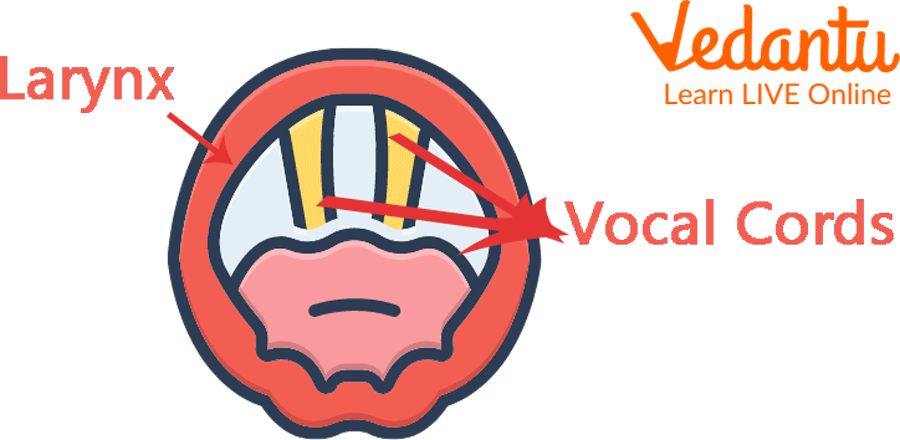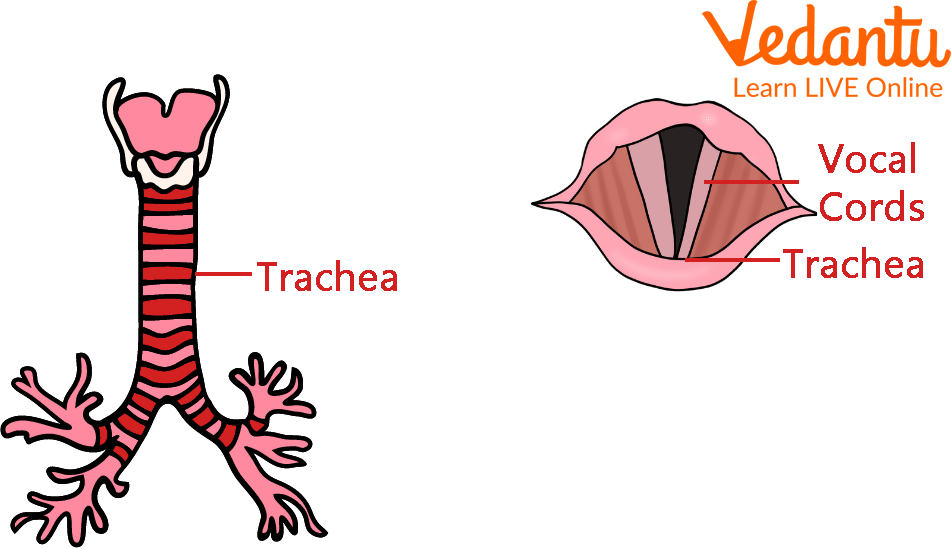




An Overview of Voice
The vocal tract of humans is used to produce a variety of sounds, including talking, singing, laughing, sobbing, screaming, shouting, humming, and yelling. The vocal folds (vocal cords), which are the main sound source in human sound production, are especially a portion of the human voice frequency.
In this article, we will learn about the vocal tract of human body. How is sound produced in humans, what vibrates to produce sound etc. will be the main points of discussion in this article. We will also discuss about all importants topics about human voice box. So, without wasting any time, let’s dive in!

Voice
Human Voice
Unvoiced consonants, clicks, whistling, and whispering are all produced from the same general area of the body as other sound-producing processes. Generally speaking, the lungs, the vocal folds within the larynx (voice box), and the articulators are the three components that make up the process for producing the human voice.
To cause the vocal folds to vibrate, the lungs, or "pump," must provide enough airflow and pressure. The laryngeal sound source is formed by the vibrating vocal folds (vocal cords), which employ the airflow from the lungs to produce audible pulses. To "fine-tune" pitch and tone, the laryngeal muscles change the length and tension of the vocal folds.
The vocal tract's articulators, which include the tongue, palate, cheek, lips, and other parts, articulate and filter the sound coming from the larynx. They can also, to a certain extent, work with the laryngeal airflow to amplify or weaken the sound. The articulators and vocal folds can work together to create incredibly complex soundscapes.
The voice tone can be altered to convey many emotions, including surprise, fear, happiness, and sadness. The human voice is utilized to convey emotion and can also indicate the speaker's age and sexual orientation. The human voice is a musical instrument used by singers.
What Vibrates to Produce Voice?
When the vocal folds come together, they produce sound and then vibrate or vibrate as air passes through them while expelling air from the lungs. Your voice is created as a sound wave by this vibration. The vocal cords originate from the sound vibrations of the human voice. The vocal folds are attached to the largest laryngeal cartilage within the larynx called the thyroid cartilage of "larynx".

Vibrates to Produce Human Voice
Voice Box in Human
The region of the throat where the vocal cords are located and where breathing, swallowing, and talking take place also known as larynx. The larynx, often known as the voice box, is a structure that houses various vital bodily processes. The larynx is involved in voice production, breathing, and swallowing. The vocal cords vibrate when air passes through them, which in turn causes the pharynx, nose, and mouth to produce sound waves.

Voice Box in Human
How is Sound Produced in Humans
In humans, the voice box or larynx produces sound. The voice box is covered by two vocal cords. The vocal cords vibrate to make sound when the lungs force air. The type or quality of voice differs depending on whether the vocal cords are loose and thick or tight and thin. Humans produce sound by the vibrations of the vocal cords. Sound is transmitted in a medium (gas, liquid, or solid). It cannot be transmitted in vacuum.

Sound Produced in Humans
Vibrating Bodies Produce Sound
Vibration causes the creation of sound. A body vibrates and causes the medium to vibrate and sound waves are created. A wave travels through a medium, which is a substance. Particles move forward and backward as sound waves travel across a medium. Only vibrations with a frequency between 20Hz and 20kHz result in sound. A vibrating body generates sound waves. The air in front of the vibrating object is compressed as it advances in a single direction. The air is under reduced pressure when the vibrating object moves in the opposite direction, which causes the air molecules to expand, or rarely.
Summary
To conclude all the conceptual understanding regarding human voice in this article, we can say that the larynx's muscles are stretched during speech, which causes the opening to become smaller. When air is driven through the slit, the vocal cords vibrate. More vocal cord tightening causes more vocal cord vibrations, which results in a louder voice. With this, we are wrapping up the article. We have already learnt about the human voice and now we have enough information about it. We hope you enjoyed reading this article, in case of any other doubts, feel free to ask in the comments.
FAQs on What Vibrates to Produce Voice?
1. What part of our body vibrates to produce the sound of our voice?
The sound of our voice is produced by the vibration of our vocal cords. These are located inside the larynx, which is also known as the voice box, at the upper part of the windpipe.
2. How exactly do the vocal cords create sound when we speak?
When we want to speak, our lungs push air up through the windpipe. This air passes through a narrow slit between the two vocal cords, causing them to vibrate. This vibration chops the airflow into small puffs of air, creating a buzzing sound that is the basic component of our voice.
3. Why can I feel a buzzing or vibration in my throat when I talk?
That buzzing feeling in your throat is the direct physical sensation of your vocal cords vibrating. When you talk or hum, the rapid movement of the vocal cords creates sound waves that you can feel if you gently touch the front of your neck.
4. Why do men and women usually have different sounding voices?
The difference in voice pitch between men and women is mainly due to the length and thickness of their vocal cords. Adult men typically have longer and thicker vocal cords, which vibrate more slowly and produce a lower-pitched voice. Women's vocal cords are shorter and thinner, so they vibrate faster and produce a higher-pitched voice.
5. How do we change the pitch of our voice to sing or shout?
We change the pitch of our voice by using small muscles to adjust the tension and length of our vocal cords. When the muscles make the vocal cords tight and thin, they vibrate faster, producing a high-pitched sound. When the cords are looser and thicker, they vibrate slower, producing a low-pitched sound.
6. What is the difference between how our voice is made and how a guitar makes sound?
Both produce sound through vibrations, but the mechanism is different. In humans, air from the lungs makes the vocal cords vibrate. In a guitar, a person's finger plucks the strings, causing them to vibrate. In both cases, these initial vibrations create the sound we hear.
7. Do our vocal cords vibrate for every single sound we make during speech?
No, they do not. Vocal cords vibrate to produce 'voiced' sounds like 'z', 'v', or any vowel. However, for 'voiceless' sounds like 's', 'f', or 'p', the sound is made by air passing through the mouth and lips without the vibration of the vocal cords. You can feel the difference by placing your hand on your throat while saying "zzzz" and then "ssss".









